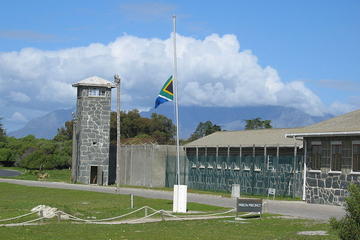
For nearly 300 years, Robben Island was a place of isolation, where political prisoners, including Nelson Mandela, were imprisoned and cut off from the rest of the world. It also served as a voluntary sanctuary for lepers. Despite this unsavory past, Robben Island is an important piece of South Africa's history, as well as a reminder of the difficult road to South African Democracy and the victory over apartheid.
Robben Island was declared a World Heritage Site in 1999, and the Robben Island Museum is dedicated to preserving the memory and contributions of the freedom fighters held within its walls. The museum's exhibitions detail the life, times and struggles of its prisoners, particularly those of Robert Sobukwe and his commitment to Pan Africanism. A multimedia exhibit educates visitors on the history of South Africa's democracy.
In addition to its background as a political prison, Robben Island is also known for its conservation programs and wildlife. While its penguin population was nearly wiped out by the 19th century, the late 20th century saw the penguins return to prominence. Its name is Dutch for "seal island," and indeed, visitors can catch Cape fur seals in their natural environment, as well as spot southern right whales and dusky and heaviside dolphins. On land are small herds of springbok, bontebok and eland, and ostriches, lizards and three species of tortoise also roam the island's grounds.
A tip on getting there: since you take a ferry from the Nelson Mandela Gateway, space is limited and the attraction fills up fast. Do yourself a favor and get there at least 45 minutes early, or else you'll have to book a trip for the following day.